
Post by : Meena Rani
India’s logistics landscape is undergoing a historic transformation through the development of multimodal logistics parks. Designed to integrate road, rail, air, and inland water transport, these parks are not merely storage facilities—they are the backbone of India’s ambitious export and trade targets for 2040. With 35 multimodal logistics parks approved under the Logistics Efficiency Enhancement Program, and plans to scale up to 100 parks nationwide, India is poised to reduce logistics costs from over 14 percent of GDP to under 10 percent, enabling a projected $2 trillion in exports by 2040. This article explores the intricacies, impact, and future potential of these logistics hubs, detailing every dimension from infrastructure, technology, policy, and environmental sustainability to global trade implications.
Multimodal logistics parks serve as the central nodes in India’s transport ecosystem, allowing seamless integration between highways, rail networks, ports, and airports. By centralizing cargo handling, they minimize delays, reduce storage costs, and optimize freight movement across regions. They are critical in addressing India's longstanding logistics inefficiencies, which have historically ranked among the highest globally, thereby limiting competitiveness in exports and industrial growth. The parks are also aligned with India’s vision of building smart cities and sustainable industrial corridors.
India spends a significantly higher percentage of its GDP on logistics compared to global benchmarks. MMLPs reduce the need for multiple storage and transshipment points, streamline documentation and customs procedures, and improve turnaround times for freight movement. For example, integration with rail corridors can cut transport costs by up to 30 percent compared to road-only transport for long-haul cargo. Efficient handling of containerized and bulk goods minimizes damage and delays, thereby enhancing trade competitiveness.
By linking major ports, inland container depots, airports, and industrial clusters, MMLPs act as conduits for India’s growing export-oriented industries. For instance, agricultural exports, pharmaceuticals, and automotive components benefit from streamlined cold chains, secure storage, and faster clearance. The result is improved delivery timelines for international trade, which strengthens India’s global supply chain credibility.
LEEP, initiated by the Ministry of Road Transport and Highways, is the cornerstone policy facilitating the development of MMLPs. The program focuses on optimizing land use, enabling private-public partnerships, and standardizing infrastructure across the parks. Through LEEP, the government ensures that each park includes multimodal connectivity, warehousing facilities, cargo handling equipment, and digital tracking systems.
The PM Gati Shakti initiative complements MMLPs by integrating infrastructure planning across ministries and departments. By connecting industrial corridors, highways, railways, ports, and airports, Gati Shakti ensures that logistics hubs operate efficiently and reduce bottlenecks. Digital dashboards and real-time tracking enhance operational efficiency and transparency, making India’s freight corridors more competitive globally.
Inland water transport is a cost-effective and environmentally sustainable mode of freight movement. Parks situated near navigable rivers enable cargo transfer via barges, reducing reliance on road transport. The integration of inland waterways, such as NW-1 along the Ganga, helps reduce congestion on highways and lowers carbon emissions by approximately 25 to 30 percent compared to traditional road transport.
Jogighopa, India’s first MMLP, spans over 200 acres and is designed to serve the northeastern states. It connects rail, road, and inland waterways, ensuring seamless transit to Bangladesh, Bhutan, and Myanmar. The park includes cold storage facilities for perishable goods, container yards for industrial cargo, and dedicated truck terminals. This hub reduces transit time for regional exports and supports local agricultural supply chains.
Varanasi’s MMLP integrates the National Highway network, NW-1 waterways, and the nearby airport to facilitate the movement of goods. With projected handling of 5 million TEUs annually, it serves as a crucial node for UP and eastern India. The park prioritizes containerized cargo, cold chains for food products, and automated warehousing systems to improve efficiency and reduce losses.
Phase-1 of the Pipavav MMLP, operated by APM Terminals, is fully operational and handles approximately 1 million TEUs per year. With integrated cold storage and proximity to Pipavav Port, it ensures rapid export of industrial and consumer goods. The park supports multi-modal freight handling, including rail sidings and highway connections, enhancing the efficiency of the western industrial corridor.
Vadhavan Port’s logistics park is planned to handle 23 million TEUs annually by 2040. It will integrate a network of 100 MMLPs, using AI-driven route optimization for cargo movement. Solar-powered warehouses, automated cranes, and advanced tracking systems make it a model for smart logistics hubs, serving Mumbai, Pune, and central India.
By consolidating freight operations and improving connectivity, MMLPs reduce logistics costs from approximately 14 percent of GDP to under 10 percent. This translates to nearly $500 billion in potential savings by 2040. Streamlined handling, reduced transit times, and fewer transshipment points enhance trade competitiveness for small and medium enterprises.
Each MMLP generates thousands of direct and indirect jobs. For instance, Jogighopa MMLP is expected to create over 5,000 jobs across warehousing, transportation, and management roles. Nationwide, scaling to 100 parks could result in over half a million jobs, boosting regional economies and supporting ancillary industries such as packaging, freight forwarding, and cold chain management.
MMLPs facilitate exports by reducing delays and enabling bulk shipments. Agricultural products, pharmaceuticals, and engineering goods can reach ports faster, lowering spoilage and cost. By 2040, these parks aim to support India’s $2 trillion export target, integrating seamlessly with global supply chains.
Automation is a key feature of modern MMLPs, including robotic cargo handling, automated storage and retrieval systems, and AI-driven inventory management. These technologies reduce errors, improve efficiency, and enable real-time monitoring of goods, minimizing losses and delays.
AI-driven predictive analytics optimize cargo movement, forecast congestion, and suggest alternative routing. By analyzing traffic, weather, and port schedules, these systems enhance throughput and reduce downtime. Vadhavan Port and Pipavav MMLPs are pioneers in integrating AI-based logistics management solutions.
Blockchain technology ensures transparency in cargo ownership, documentation, and payments. Digital tracking provides end-to-end visibility, enabling faster customs clearance and efficient handling. India’s MMLPs are increasingly adopting such technologies to comply with global trade standards and improve investor confidence.
Integration of inland waterways and rail reduces dependency on trucks, cutting emissions by up to 30 percent. Dedicated green corridors, solar-powered warehouses, and electric vehicles for internal logistics minimize environmental impact while maintaining operational efficiency.
Solar and wind energy installations across MMLPs help meet energy needs sustainably. Several parks, including Vadhavan and Pipavav, target zero carbon emissions for internal operations, aligning with India’s climate goals and international commitments on sustainability.
Before 2015, India’s logistics were fragmented, with limited intermodal integration, high costs, and long delays. Poor connectivity between ports, industrial zones, and airports constrained export growth, while reliance on road transport led to congestion and high emissions.
The period from 2015 to 2025 witnessed policy interventions such as LEEP, PM Gati Shakti, and development of freight corridors. These initiatives addressed infrastructure bottlenecks, optimized cargo movement, and established the foundation for MMLPs as central hubs in India’s logistics ecosystem.
Securing large parcels of land for MMLPs is challenging due to urbanization, agriculture, and environmental regulations. Coordinating with multiple state authorities and addressing local concerns requires careful planning and negotiation.
MMLPs require substantial investments, often exceeding hundreds of millions of dollars. Public-private partnerships are essential, but aligning private incentives with long-term national objectives presents complexities. Structured financing and government incentives are critical for project success.
Advanced technology in MMLPs demands a skilled workforce capable of operating automated systems, managing digital platforms, and ensuring compliance with international standards. Training programs and logistics academies are vital to bridge the skill gap.
China’s multimodal logistics parks, particularly in Shanghai, Shenzhen, and Guangzhou, provide lessons in scale, automation, and port integration. India can adopt similar strategies for hub-and-spoke models, cold chains, and digital tracking while adapting to local geographic and regulatory conditions.
EU logistics parks focus on sustainability, intermodal transfer, and seamless customs procedures. Indian MMLPs can emulate EU best practices in reducing emissions, optimizing freight routing, and implementing circular economy principles in warehousing.
The US emphasizes large-scale freight hubs with integrated road-rail networks. India’s central corridor MMLPs, like Nagpur, mirror this approach, enabling nationwide cargo distribution and efficiency in exports and domestic trade.
By 2040, AI will manage predictive routing, autonomous vehicle coordination, and real-time cargo optimization across the MMLP network. Integration with IoT devices will allow instantaneous tracking, reducing delays and optimizing warehouse utilization.
Dedicated green corridors for rail and water transport, along with electric vehicles for last-mile delivery, will make MMLPs central to India’s net-zero emission strategy. Parks will increasingly use renewable energy, smart lighting, and waste recycling systems to minimize ecological impact.
The plan to develop over 100 MMLPs nationwide by 2040 will provide a dense network linking industrial clusters, ports, airports, and consumer markets. Strategic placement will enhance regional trade, reduce congestion on highways, and foster economic growth in Tier-2 and Tier-3 cities.
Government officials emphasize MMLPs as critical for national competitiveness, employment generation, and export growth. The focus is on public-private collaboration, efficient land use, and adoption of modern technology to ensure long-term sustainability.
Analysts highlight MMLPs’ potential to reduce logistics costs by 25 percent, increase efficiency, and enhance India’s ranking in the global Logistics Performance Index. Integration with AI, blockchain, and green transport solutions is expected to create a resilient and future-ready logistics ecosystem.
Case studies of Jogighopa, Varanasi, Pipavav, and Vadhavan MMLPs demonstrate varied regional strategies, technological adoption, and economic outcomes. Lessons include the importance of local stakeholder engagement, phased implementation, and digital integration for long-term success.
India’s multimodal logistics parks represent a transformative approach to freight and trade management, combining infrastructure development, technological innovation, and environmental sustainability. With a network of over 100 parks envisioned by 2040, these hubs will significantly reduce logistics costs, enhance export competitiveness, generate employment, and support India’s global trade ambitions. By integrating AI, green corridors, and intermodal transport, India is laying the foundation for a resilient, efficient, and sustainable logistics ecosystem that will drive economic growth for decades.
Informational as of November 3, 2025. Verify with official sources. Content is for educational and informational purposes only.
#IndiaInfrastructure #MMLP #MultimodalTransport #SmartLogistics #SupplyChain #PMGatiShakti #GreenCorridors #FreightEfficiency #Transport2040 #LogisticsInnovation



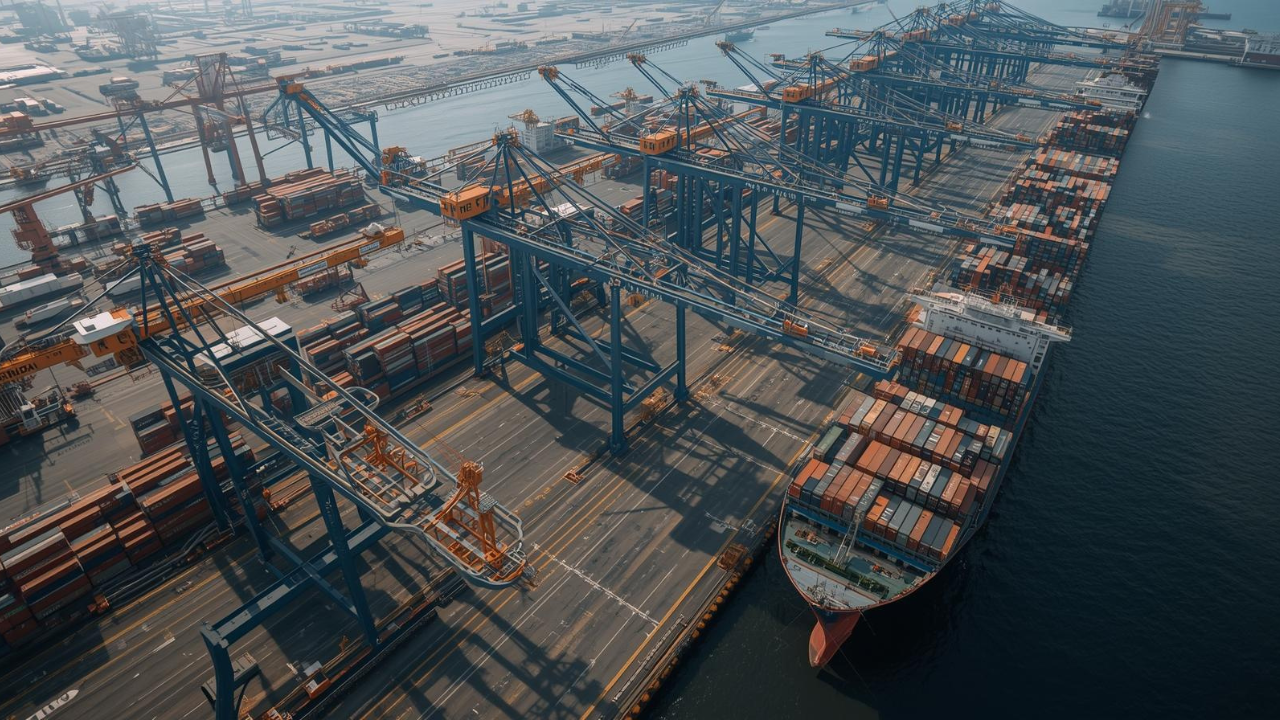
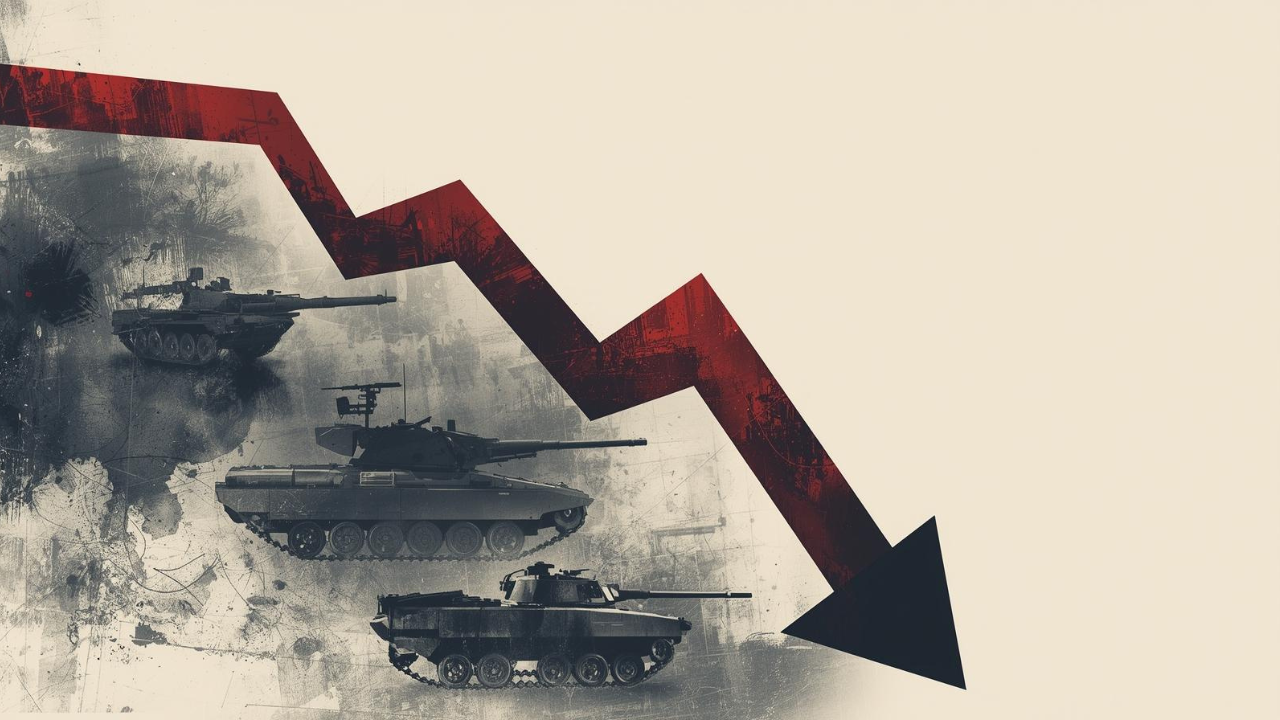
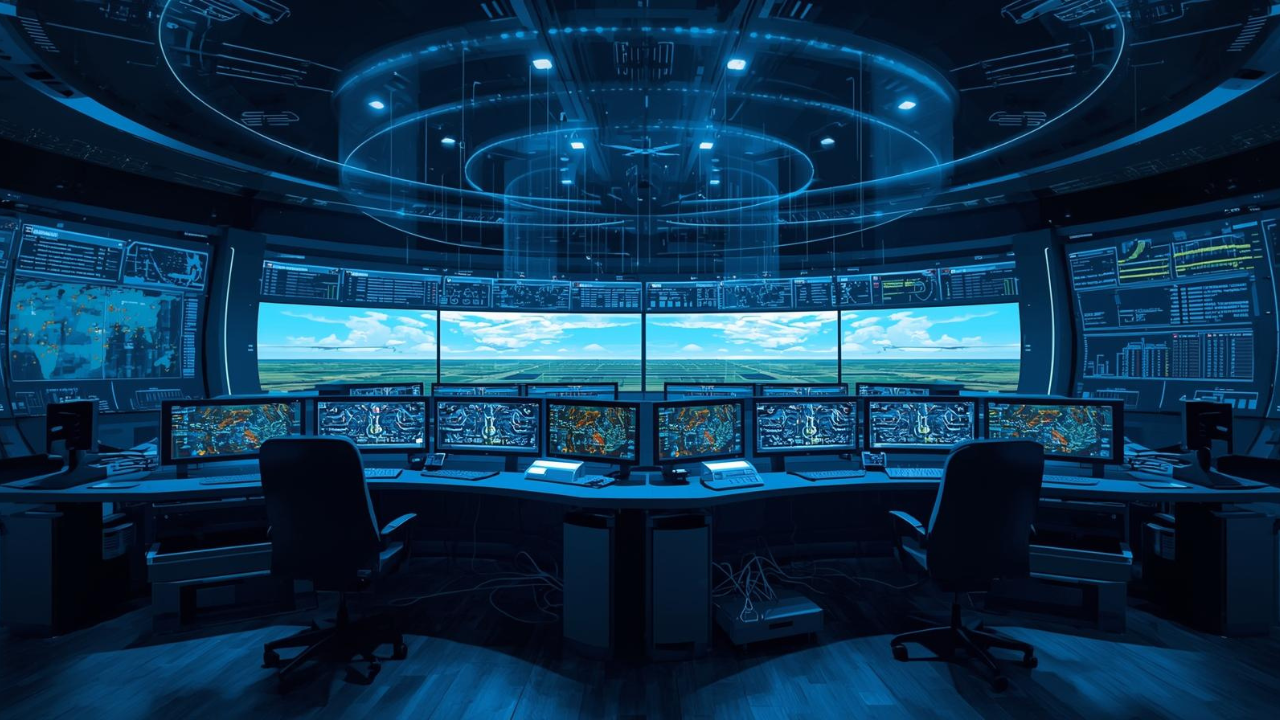
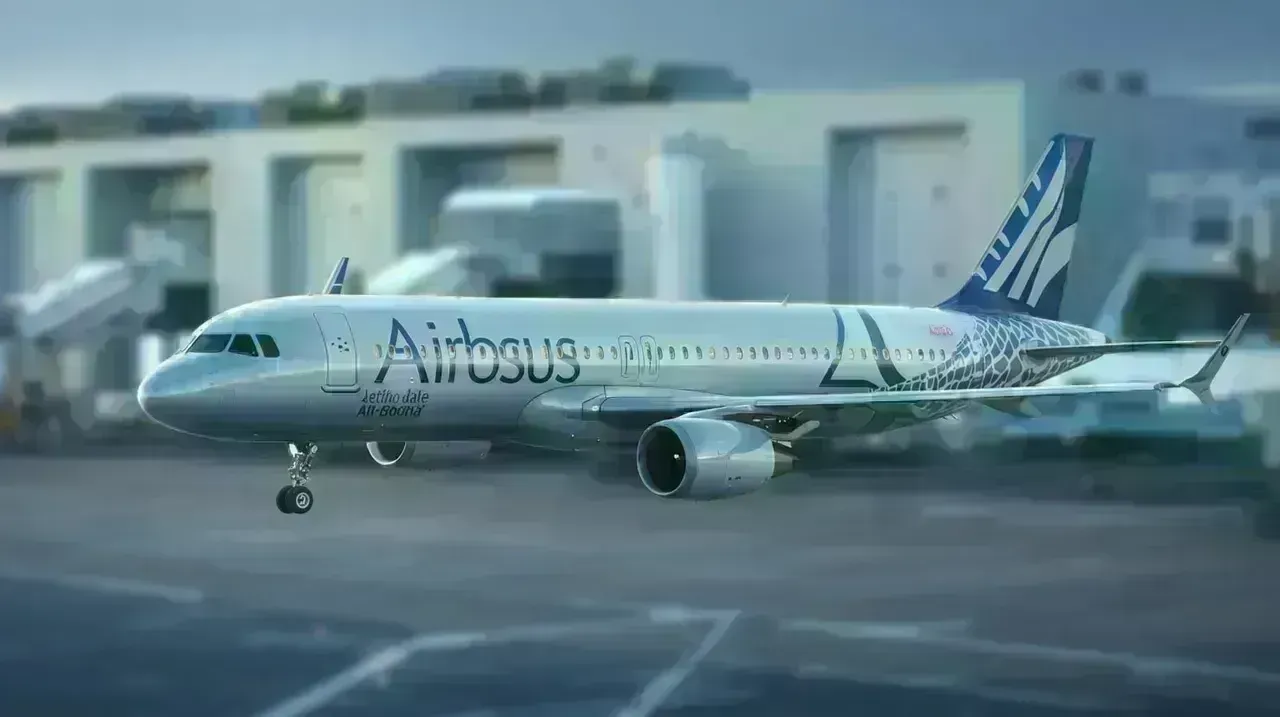

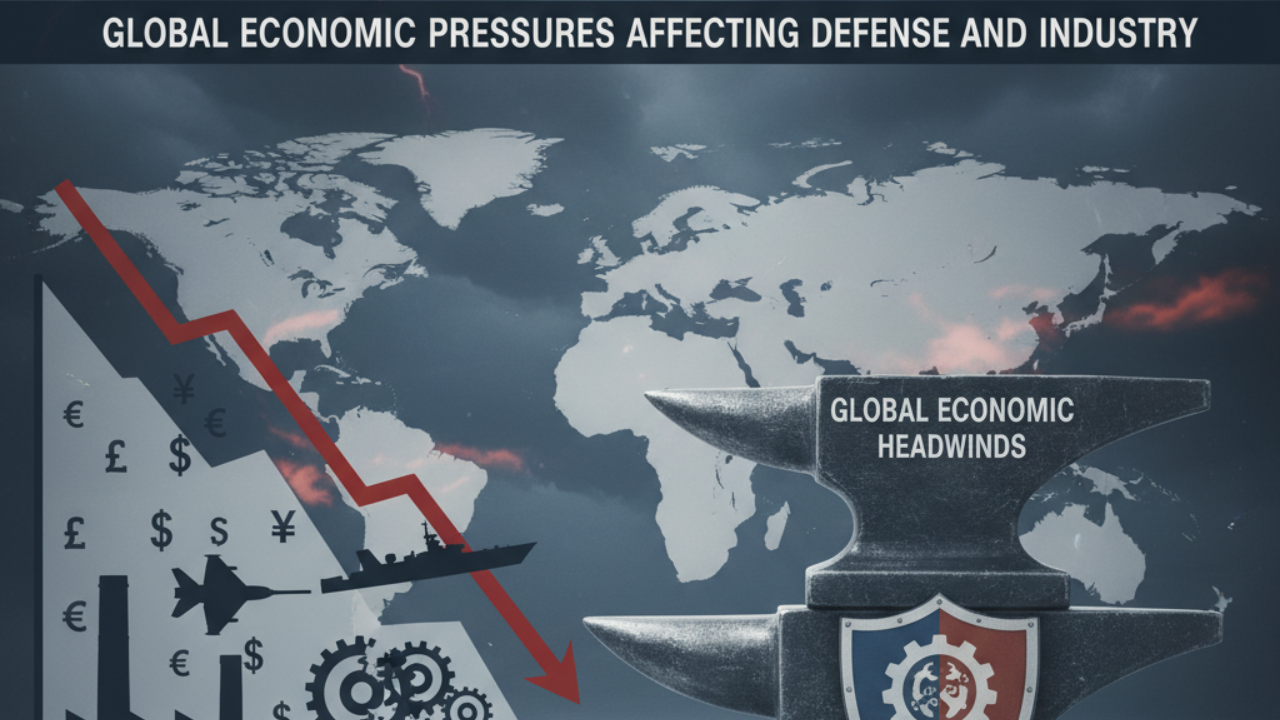
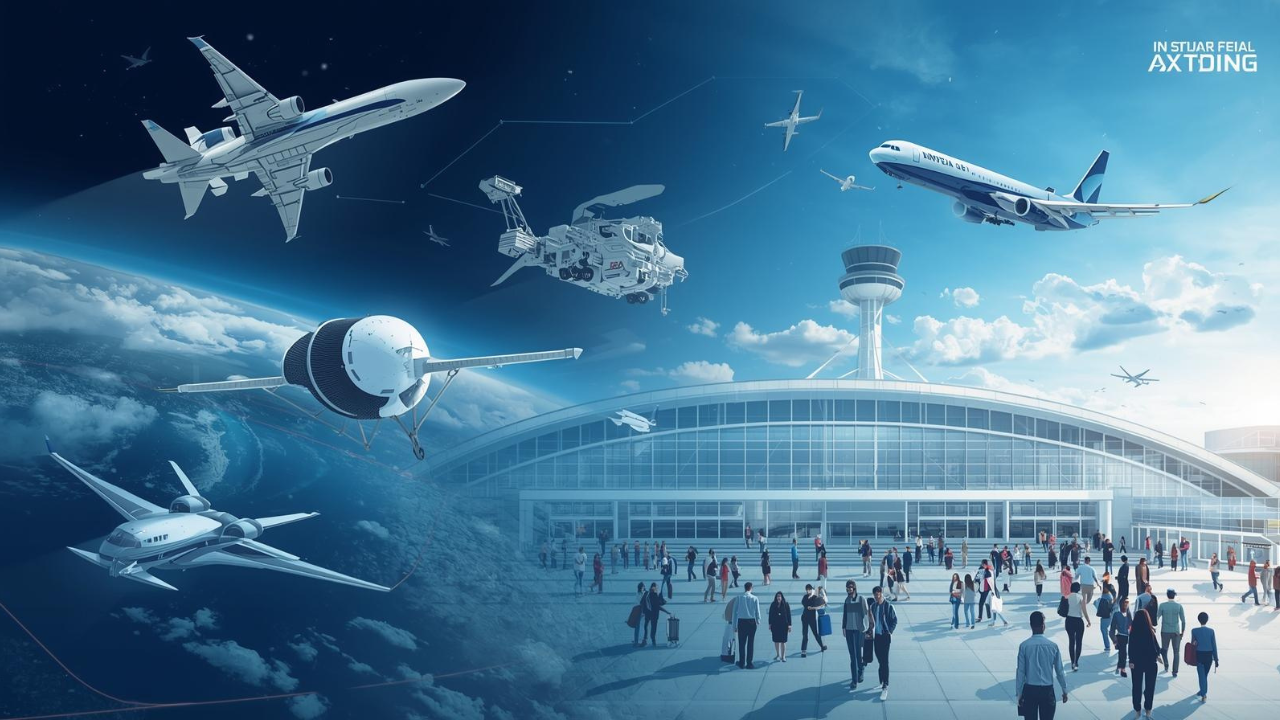
Advances in Aerospace Technology and Commercial Aviation Recovery
Insights into breakthrough aerospace technologies and commercial aviation’s recovery amid 2025 chall
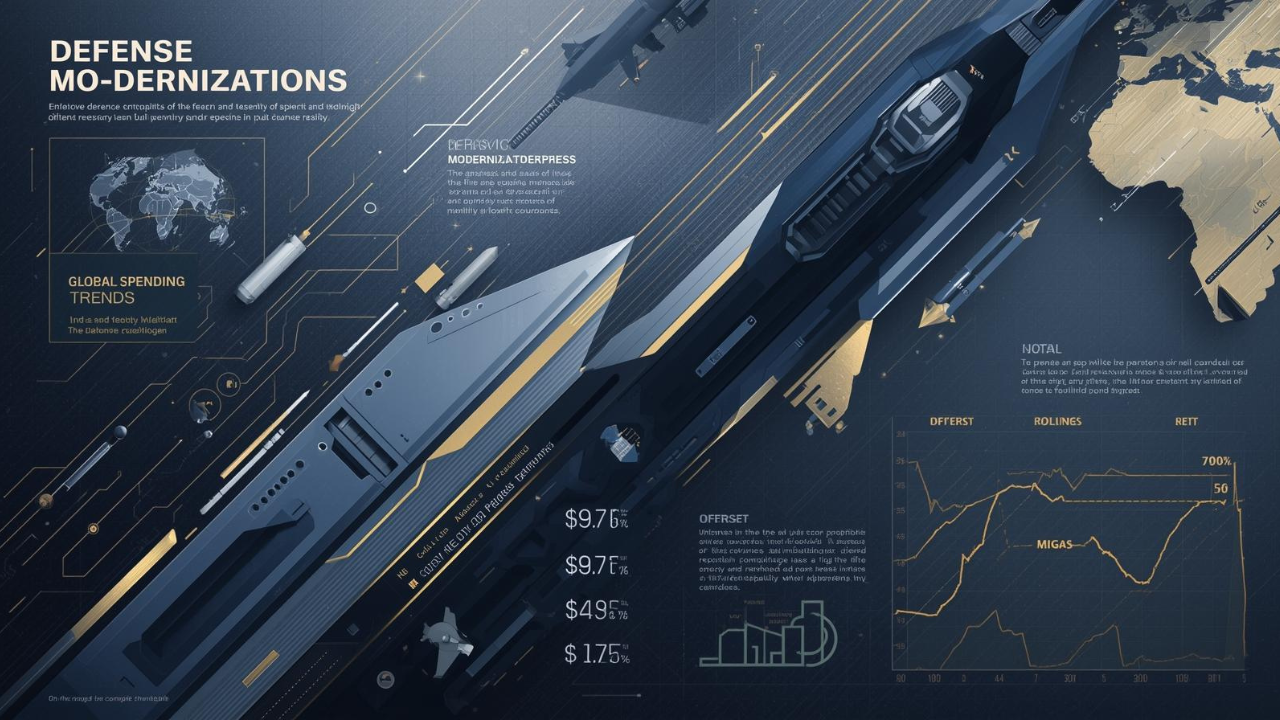
Defense Modernization and Strategic Spending Trends
Explore key trends in global defense modernization and strategic military spending shaping 2025 secu

Tens of Thousands Protest in Serbia on Anniversary of Deadly Roof Collapse
Tens of thousands in Novi Sad mark a year since a deadly station roof collapse that killed 16, prote
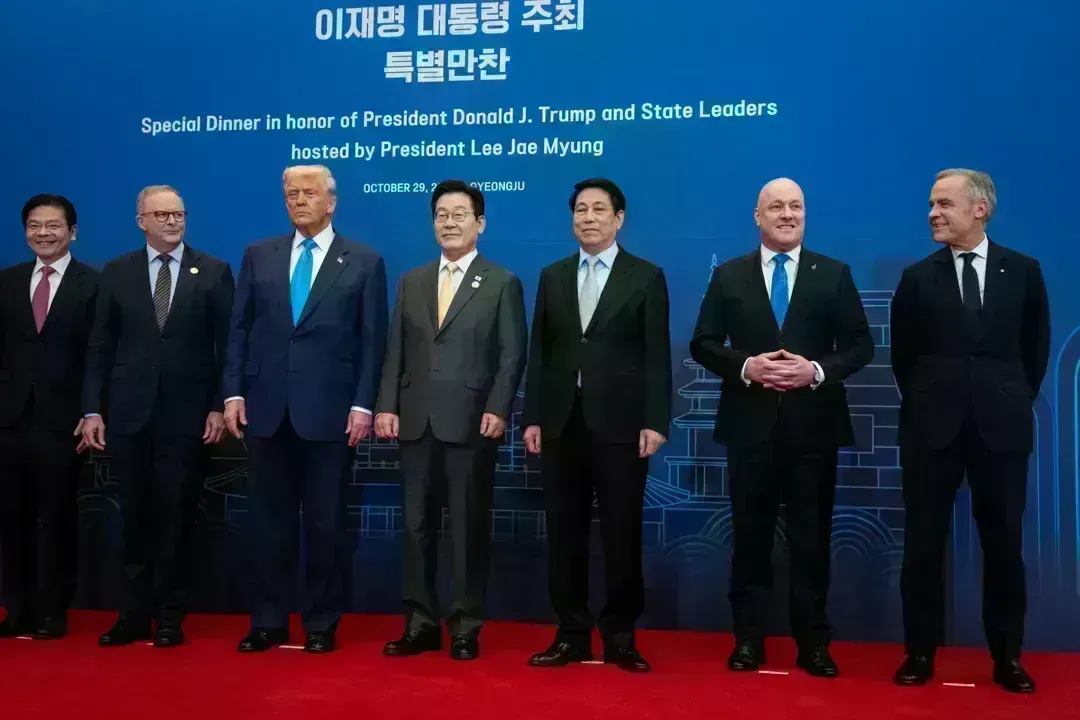
Canada PM Carney Apologizes to Trump Over Controversial Reagan Anti-Tariff Ad
Canadian PM Mark Carney apologized to President Trump over an Ontario anti-tariff ad quoting Reagan,

The ad that stirred a hornets nest, and made Canadian PM Carney say sorry to Trump
Canadian PM Mark Carney apologizes to US President Trump after a tariff-related ad causes diplomatic
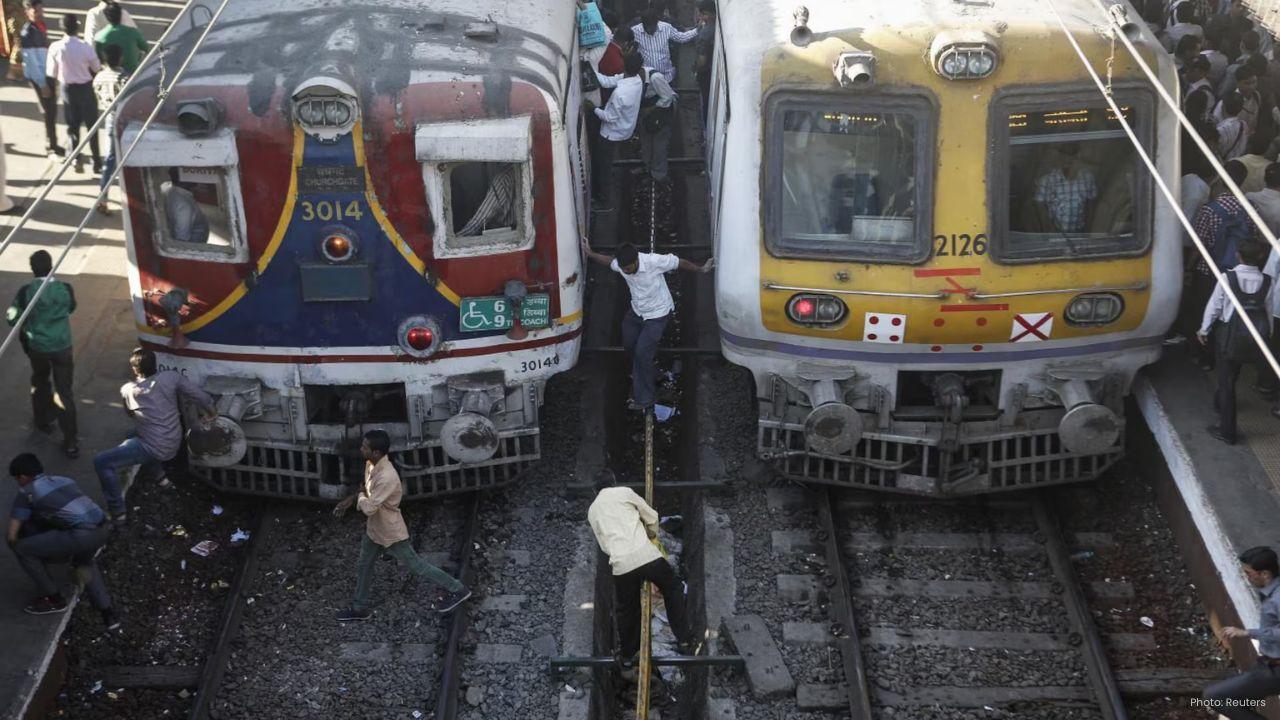
Bengaluru-Mumbai Superfast Train Approved After 30-Year Wait
Railways approves new superfast train connecting Bengaluru and Mumbai, ending a 30-year demand, easi